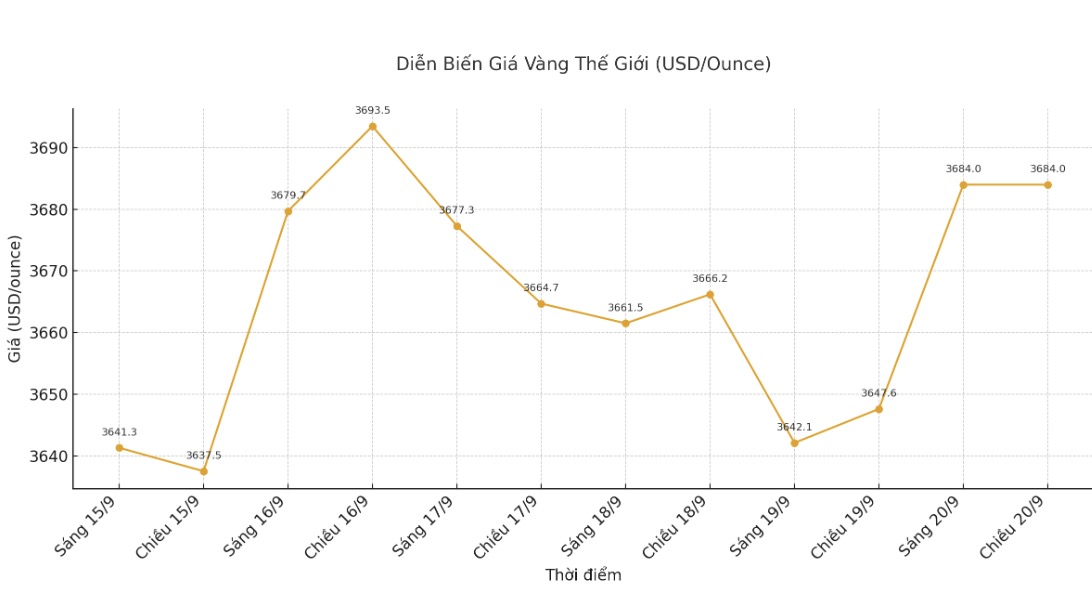Gold prices have surpassed $3,700/ounce last week and have risen nearly 40% since the beginning of the year. Many investors consider the cautious move of the US Federal Reserve (FED) to resume the easing cycle as a reason to make a profit. However, it seems that no one is ready to declare that this increase has reached its peak.
Even as gold recorded its best annual gains since 1979, no analyst advised investors to narrow their portfolios.
French bank Societe Generale has increased the share of gold to a maximum of 10% in its Assets List Strategy.
They are not the only. Billionaire Ray Dalio - founder of Bridgewater, said on Friday at the China Future Forum 2025 that investors should hold at least 10% of their portfolio in gold.

Meanwhile, Morgan Stanleys Investment Director Mike Wilson recommends building a 60/20/20 portfolio, where gold and Treasury bonds are balanced.
To visualize this demand potential, gold holdings now account for about 2% of total global financial assets.
Notably, although gold prices are close to record levels, data from the World Gold Council shows that the amount of gold in ETFs is still much lower than the peak in 2020.
It is not surprising that gold is attracting great attention, as investors seek to protect their assets. Inflation, due to rising public debt, has become a significant risk in the market.
The US budget deficit alone has increased by 2 trillion USD this year, bringing the total debt to exceed 37,000 billion USD. However, this is not just a story of the United States.
The whole world is sinking into a state of increasing public debt. Therefore, gold continues to set records against all major currencies, including the Canadian dollar, the British pound, the euro, the Japanese Yen and the Australian dollar. Gold is currently trading over $5,000/ounce against the Canadian dollar.
In addition to the burden of public debt, investors are also looking for solutions to replace the US dollar as many people worry that the Fed is gradually losing its independence in monetary policy.
Although the Fed has outlined a rather light easing roadmap, some analysts believe there is still room for more aggressive interest rate cuts, especially in 2026 when US President Donald Trump appoints more governors to the Board of Governors.
To assess future monetary policy direction, just look at a No vote at Wednesday's policy meeting. That was Stephen Miran, who was appointed by Trump, when he approved a 50 basis point cut.
Regardless of the possibility of fluctuations or a new accumulation period, many analysts expect investment demand to not decrease in the coming time and the bearish spans in the market will be quickly bought in, the trend has been clearly shown in the past three years.
See more news related to gold prices HERE...









